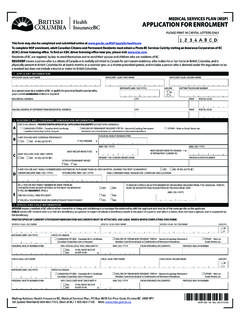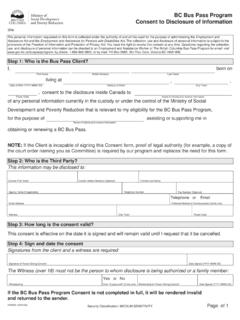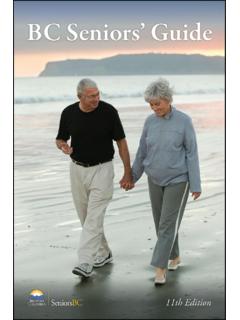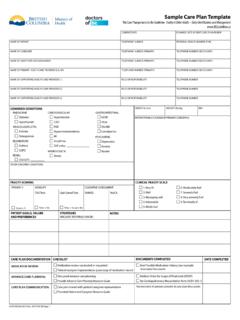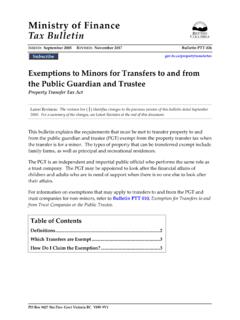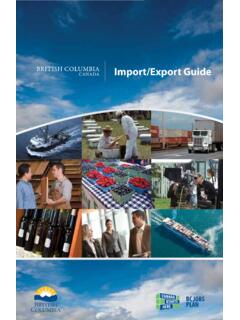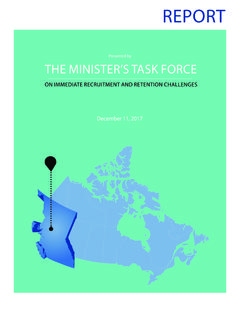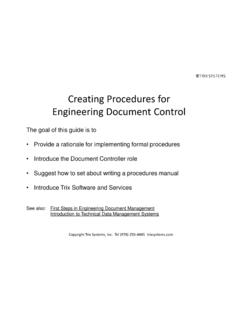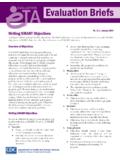Transcription of CREATING A SAFETY PLAN - British Columbia
1 CREATINGA SAFETY PLANJ anuary 2015 Adapted by:This booklet was adapted with permission from the Peel Committee Against Woman Abuse in Ontario. BC Housing and the Ministry of Justice would like to thank the Peel Committee Against Woman Abuse for their generosity in making this resource available for use in British Columbia . This booklet was put together by women who have survived abuse. They offer their guidance to you through this resource. We thank them for their strength and their : While this booklet was designed to address partner abuse, many of the included suggestions can be used to address other forms of relationship violence ( , other forms of family violence, caregiver violence, etc.)
2 Adapted from CREATING a SAFETY plan Peel Committee Against Woman Abuse. Fifth edition: July 2010. INTRODUCTION 4II. TAKING CARE OF YOURSELF 5 III. AN EMERGENCY ESCAPE plan 8IV. CREATING A SAFER ENVIRONMENT 12 A) AT HOME 12 B) IN THE NEIGHBOURHOOD 17 C) AT WORK 18V. DURING A VIOLENT INCIDENT 20VI. A CHILD S SAFETY plan 22 VII. APPENDIX A - TRACKING WEBSITE ACTIVITY 24 VIII. RESOURCES FOR WOMEN IN CRISIS 26 PERSONAL NOTES 28 TABLE OF CONTENTS4I. INTRODUCTIONThis booklet was designed to provide women with strategies to increase their you are living in a violent relationship, thinking about leaving a violent relationship, or have already left a violent relationship, there are a number of ways in which you can increase your SAFETY and that of your children.
3 Whenever the potential for violence is identified in a woman s life, it is important to develop a SAFETY plan . CREATING a SAFETY plan involves identifying action steps to increase SAFETY and to prepare in advance for the possibility of further violence. Since abusive situations and risk factors can change quickly, it is recommended that you become familiar with and review and/or revise your SAFETY plan is very important that your abusive partner not find out about your SAFETY plan . Be sure to keep this document and your SAFETY plan in a safe location unknown to your abusive CREATING a SAFETY plan , it is important to remember that: You are not to blame for the violence or for your children s exposure to it.
4 You are not responsible for your (ex) partner s abusive behaviour. You cannot control your (ex) partner s violence, but it may be possible to increase your own SAFETY as well as the SAFETY of your children. The SAFETY of you and your children is always the most important thing. You are not alone. There are resources available in the community to provide support in a number of ways ( , counselling, housing, financial assistance, etc.). CARE OF YOURSELFOne of the most crucial, yet frequently overlooked, aspects of SAFETY and SAFETY -planning is taking care of yourself. This includes your physical, emotional and spiritual well-being. It is important to understand some of what you, as a woman who has experienced violence, may be dealing with.
5 You may be: experiencing ongoing violence, threats of violence, or surviving the impacts and trauma of past violence. fearful for your SAFETY and your children s SAFETY . dealing with practical problems such as finding housing, financial support, and/or employment. in the process of criminal and/or family law proceedings. feeling isolated, alone, overwhelmed, helpless and/or hopeless. feeling blamed for the violence and/or your children s exposure to it. fearful of being an outcast in your family or community. fearful of losing your children because of their exposure to the violence. accused of being an unfit mother. experiencing additional barriers such as racism, classism, heterosexism, ageism, ableism, language barriers, to survive in or escape a violent relationship can be exhausting and emotionally draining.
6 There are a number of things you can do to help you cope in difficult times. These are just a few suggestions: Always remember that SAFETY your own as well as the SAFETY of your children is what matters the most. If you have left the relationship, are feeling down and are considering returning to a potentially violent situation, call a friend, relative, counsellor, etc. for support or phone VictimLink BC at 1-800-563-0808 to access 24/7 crisis counseling and referrals to other services. Get connected to community resources. There are lots of organizations that can help you and assist you in navigating the way to services and supports that will meet your needs. When you have to communicate with your (ex) partner, in person or by telephone, arrange to have a trusted and supportive person present.
7 If you have a court order saying your abuser cannot contact you, this also means you cannot contact them. Attend individual or group counselling sessions if you can. If you are able, take steps to improve your finances ( , consider a part-time job or applying for social assistance, upgrade your skills, etc.). Join women s groups to gain support and strengthen your relationships with other people. Take time for yourself (read, meditate, play music, etc.). Fulfill your spiritual needs in whatever way is appropriate for you. Give yourself permission to feel angry. Find constructive ways to express Spend time with people who make you feel good and are supportive Take part in social activities ( , programs at your local community centre, dinner with friends, etc.)
8 Try to get adequate sleep and rest. Try to eat regular healthy balanced meals. If you are able, write or talk about your feelings, especially when you are feeling low or vulnerable. Try to take time to prepare yourself emotionally before entering stressful situations like talking with your partner, meeting with lawyers, or attending court, etc. Try not to overbook yourself - limit yourself to one appointment per day to reduce stress. Write down the dates, times, and locations of your appointments. Focus on your strengths. Stay as active as possible. It will boost your energy levels and increase your overall sense of well being. If you have limited movement try to use/exercise those areas you can.
9 Remember that you are the most important person to take care of right Emergency Escape plan focuses on the things you can do in advance to be better prepared in case you have to leave a violent situation very majority of the following items are for those who are physically and financially able. If you have a disability and need to leave your home, you can call your local Transition House to discuss your health needs and how the house can best accomodate your needs. This may include making arrangements with other services such as the local hospital, clinic, homecare services, and/or your following is a list of items you should try to set aside and hide in a safe place ( , at a friend or family member s home, with your lawyer, or in a SAFETY deposit box):A) Make a photocopy of the following items and store in a safe place, away from the originals.
10 Hide the originals someplace else, if you can. Passports, birth certificates, Indian/First Nations status cards, BCID, citizenship papers, immigration papers, permanent resident or citizenship cards, etc. for all family members Driver s license, registration, insurance papers Prescriptions, medical and vaccination records for all family members School records All income assistance documentation Work permits Marriage certificate, divorce papers, custody documentation, court orders, protection orders, or other legal documentsIII. AN EMERGENCY ESCAPE plan 9 Lease/rental agreement, house deed, mortgage documents Bank books Address/telephone book Picture of spouse/partner and any children Health cards for yourself and family members All cards you normally use, for example, credit cards, bank cards, phone card, Social Insurance Number (SIN) cardB) Try to keep all the cards you normally use or copies of them in your wallet: Social Insurance Number (SIN) card Credit cards Phone card Bank cards Health cardsC) Try to keep your wallet and purse handy and containing the following: Keys for your home, car, workplace, SAFETY deposit box, etc.
